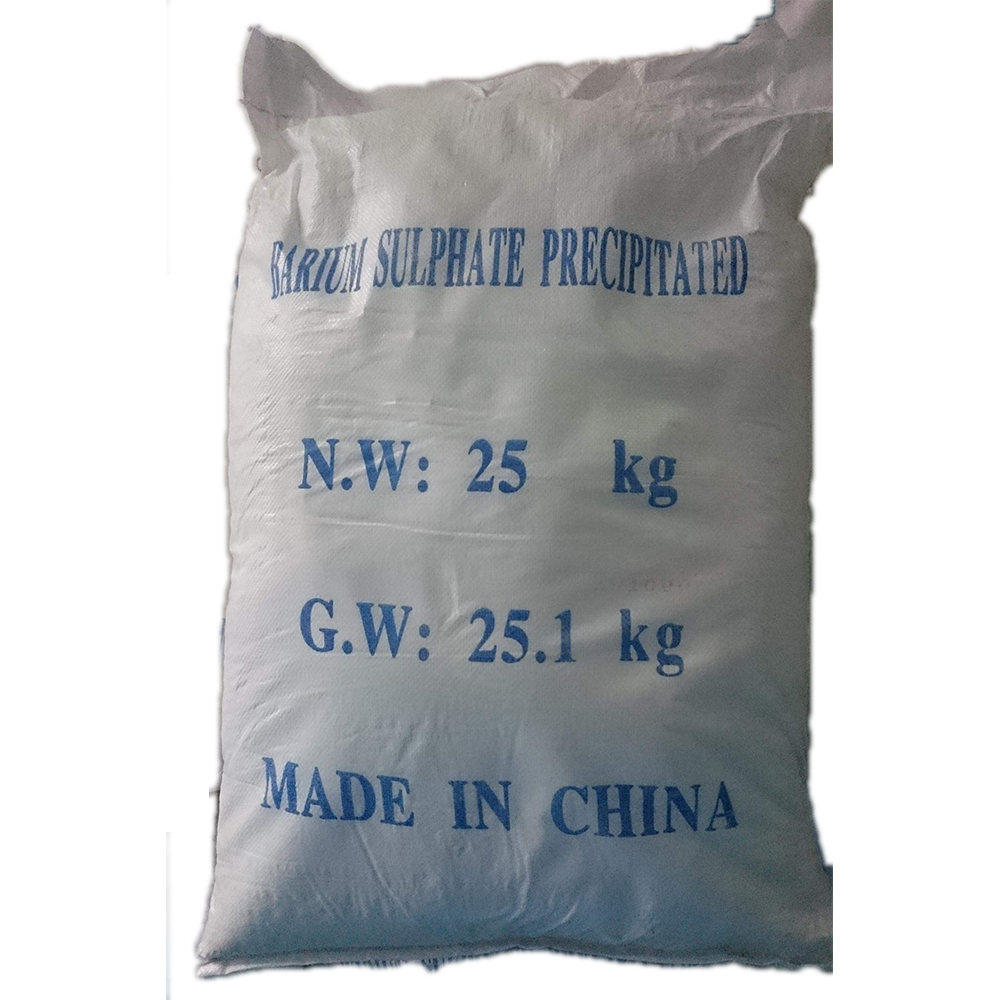



Preparation of 1N NaOH Solution in 100 mL Volume for Laboratory Use
Exploring the Characteristics and Applications of a 1N NaOH Solution
Sodium hydroxide (NaOH), commonly known as lye or caustic soda, is a highly versatile compound extensively utilized in various industries, laboratories, and households. When prepared as a 1N (normal) solution, particularly in a 100 mL volume, it serves numerous functions due to its strong alkaline properties. This article will explore the characteristics, preparation, safety measures, and applications of a 1N NaOH solution.
Understanding Normality and Preparation
Normality (N) is a measure of concentration equivalent to the number of equivalents of solute per liter of solution. In the case of NaOH, which is a strong base and fully dissociates in water, a 1N solution means that it contains 1 equivalent of hydroxide ions (OH⁻) per liter. To prepare a 100 mL solution of 1N NaOH, you would need to dissolve approximately 4 grams of solid NaOH in enough distilled water to make the total volume up to 100 mL. Care should be taken during this process, as the dissolution of NaOH in water is exothermic, causing the solution to heat up rapidly.
Safety Precautions
Working with NaOH requires strict safety precautions due to its caustic nature. Sodium hydroxide can cause severe burns upon contact with skin and can harm the eyes, leading to potential blindness. Therefore, it is crucial to wear appropriate personal protective equipment (PPE), including gloves, goggles, and a lab coat. Additionally, working in a well-ventilated area or using a fume hood is advisable to avoid inhaling any aerosols or dust generated during the manipulation of this chemical.
Properties of 1N NaOH Solution
A 1N NaOH solution exhibits several distinctive properties. It is colorless, odorless, and highly viscous. The pH of a 1N NaOH solution is typically around 14, indicating its strong alkaline nature. This high pH makes it effective as a neutralizing agent for acids, and it can also enhance the solubility of organic substances in water, making it valuable in various chemical reactions. The solution can act as a strong electrolyte, dissociating completely to release Na⁺ and OH⁻ ions in solution.
1n naoh 100ml

Applications in Various Fields
The applications of a 1N NaOH solution are broad and impactful across different fields
1. Laboratory Use In laboratories, NaOH is often used for titrations and as a reagent in various chemical reactions. It serves as a standard solution for determining the concentration of acidic substances. 2. Manufacturing In industries, sodium hydroxide is crucial in the production of paper, textiles, and detergents. It is used in processes such as saponification to produce soap and in the pulping process in paper manufacturing.
3. Water Treatment NaOH is employed in water treatment plants for adjusting pH levels in water. A 1N solution helps in neutralizing acidic waters and improving water quality through the precipitation of heavy metals and other contaminants.
4. Food Industry Although it may seem unusual, NaOH is used in the food industry, particularly in food processing and as a food preservative. It is used in the production of olives and in the processing of certain food products to improve texture and flavor.
5. Biodiesel Production Sodium hydroxide acts as a catalyst in the transesterification process of producing biodiesel from vegetable oils or animal fats, making it a vital component in sustainable energy production.
Conclusion
A 1N NaOH solution is a powerful and versatile chemical reagent with myriad applications across various sectors. While it offers numerous benefits in laboratory and industrial processes, its use demands a serious commitment to safety and responsible handling. Understanding its properties, safe preparation, and diverse applicability can significantly enhance its effective and safe use in scientific and industrial environments. Proper education and training in the handling of sodium hydroxide are essential to maximizing its potential while minimizing risks and hazards.
-
Sodium Chlorite Hot UsesNewsJul.01,2025
-
Sodium Chlorate ApplicationsNewsJul.01,2025
-
Smart Use Of Sodium ChloriteNewsJul.01,2025
-
Power Of Sodium BisulfateNewsJul.01,2025
-
Potassium Monopersulphate & Sodium Chlorite: Key to Effective Cleaning SolutionsNewsJul.01,2025
-
Pool Water Treatment GuideNewsJul.01,2025
-
Why Strontium Carbonate Still MattersNewsJun.06,2025










